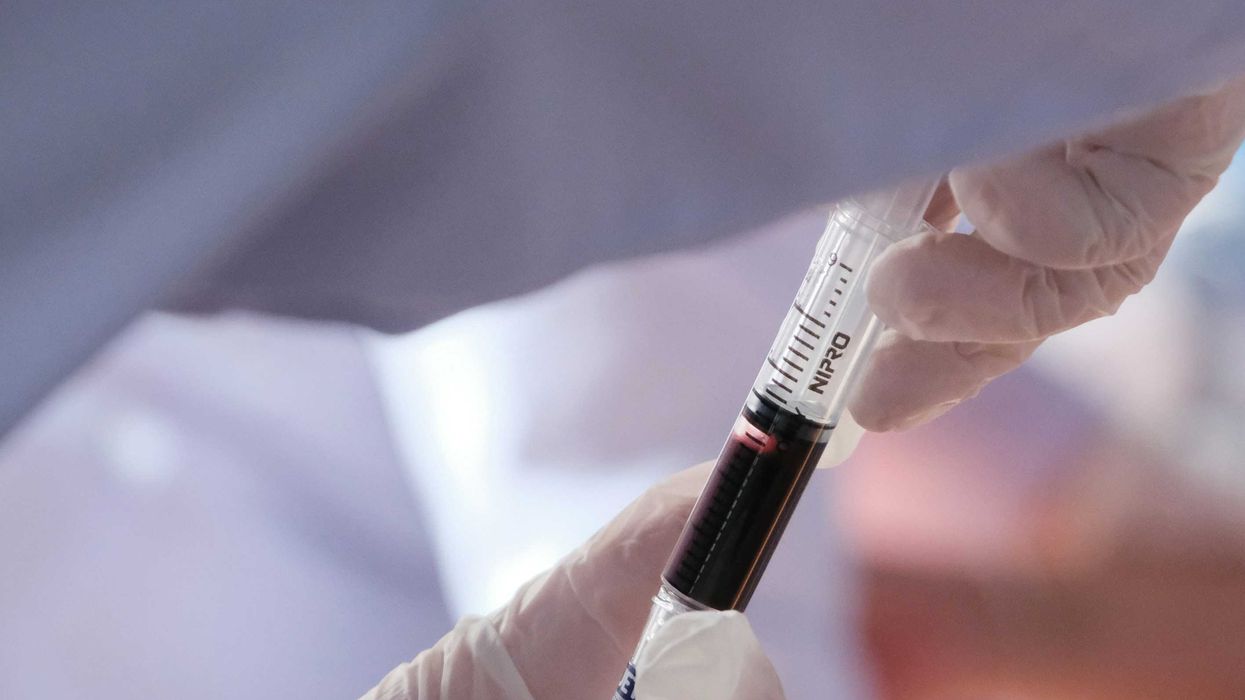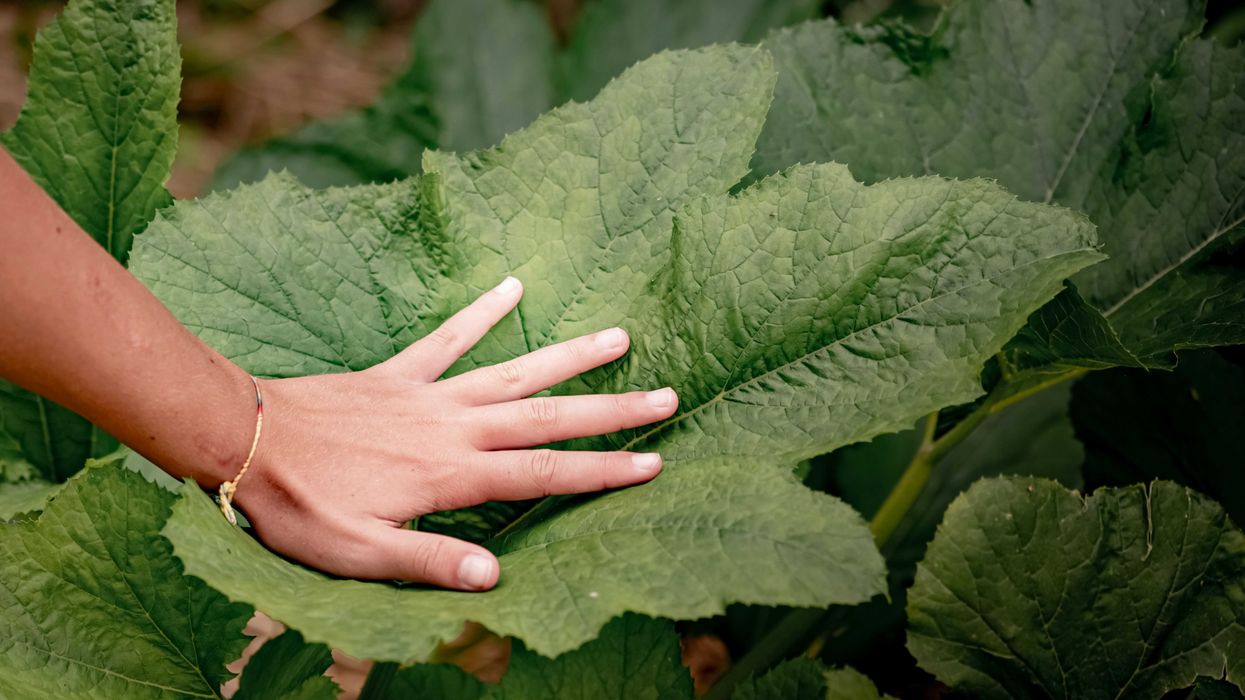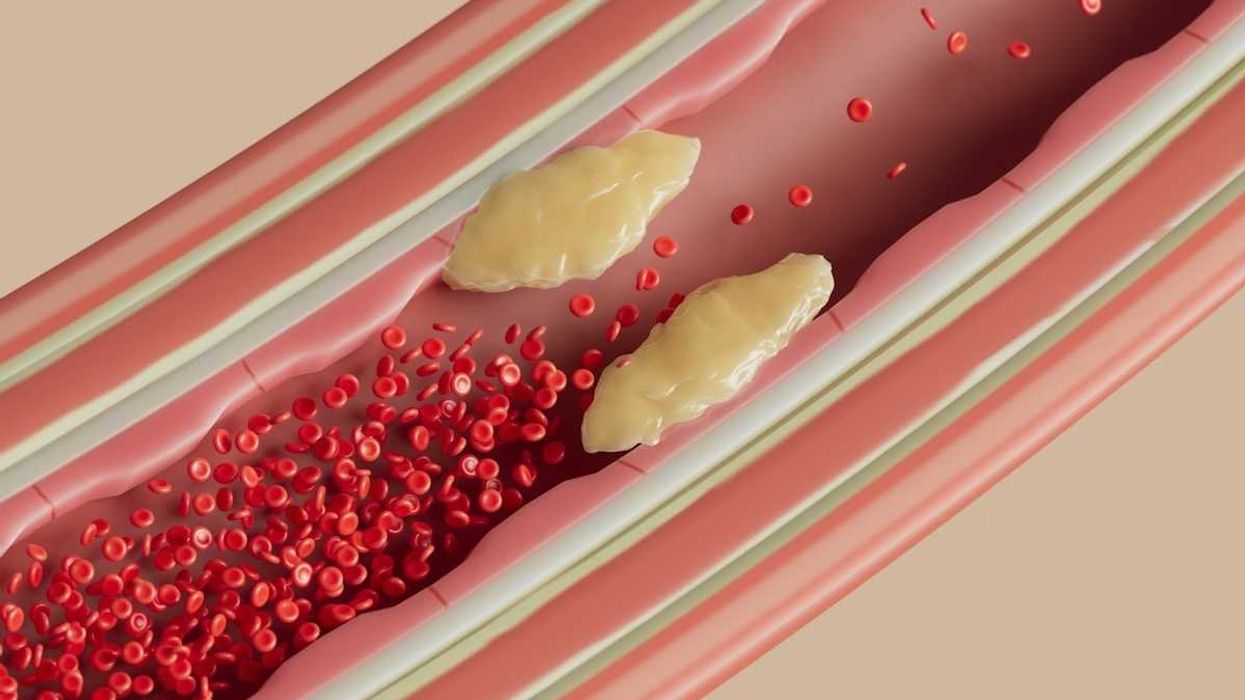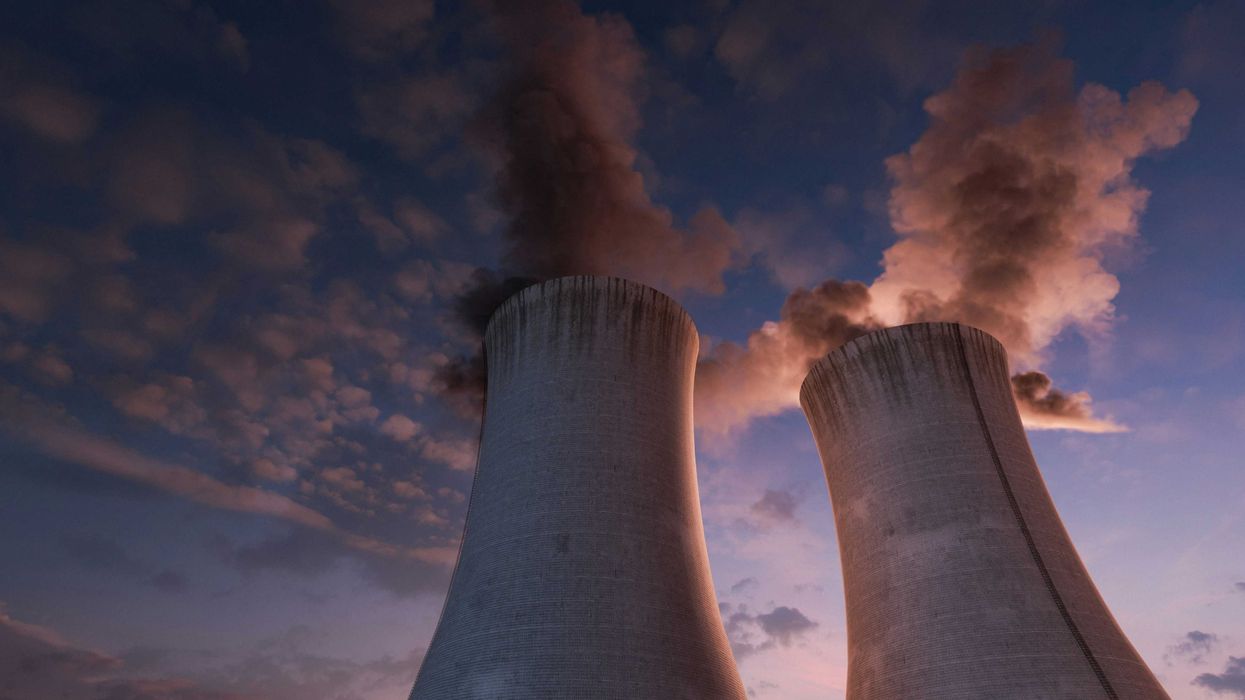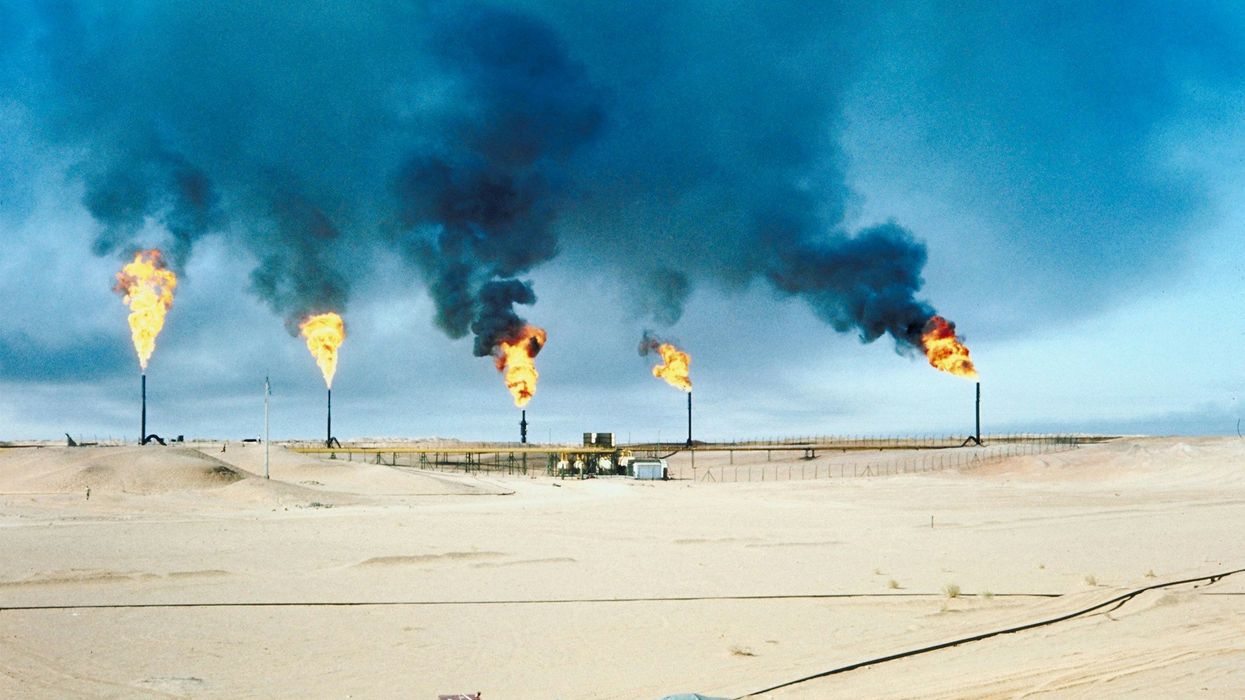Tiny plastic fibers shed from clothing enter wastewater systems, contaminate soils and accumulate through food chains, reaching humans in food, water and air worldwide.
Phoebe Weston and Tess McClure report for The Guardian.
In short:
- Microplastics from synthetic clothing enter sewage sludge used as fertilizer, making soil a major global reservoir of plastic pollution.
- These plastics pass through worms, insects, birds and mammals, causing digestive issues, stunted growth and reproductive harm in wildlife.
- Nanoplastics infiltrate plants and crops like wheat and rice, embedding themselves in human diets alongside plastic particles in air and water.
Key quote:
“Microplastics are now ubiquitous at every level of the food web.”
— Fiona Mathews, environmental biologist at the University of Sussex
Why this matters:
Microplastics have moved beyond oceans into the soils that grow our food and the air we breathe. Studies now find them in human blood, placentas, and even the brain, raising questions about long-term health impacts that scientists are only beginning to explore. Soil organisms crucial for plant fertility show signs of harm from ingesting plastic, hinting at ripple effects on food production. Wind and rain spread these particles to remote regions like the Arctic, underscoring how deeply plastics have infiltrated natural cycles. With global plastic production exceeding eight billion tons since the 1950s, even small fibers shed during laundry can become part of a planetary contamination loop lasting centuries.
Related: How a microplastics researcher avoids plastic in daily life





